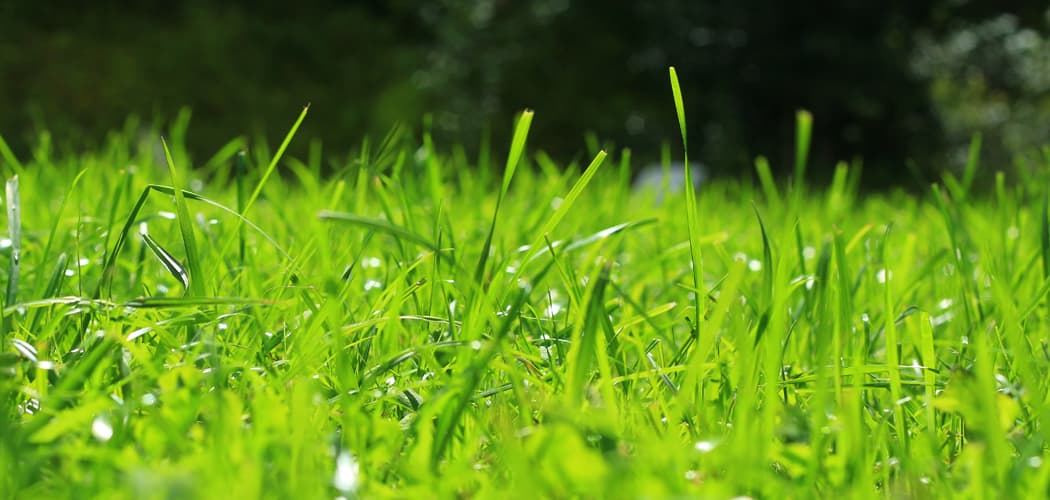Water-saving irrigation is an irrigation measure that maximizes the yield and output value of crops per unit of irrigation water to maximize yield or profit with the minimum amount of water used. The main measures of water-saving irrigation in countries around the world include canal seepage prevention, low-pressure pipe irrigation, water sprinkler irrigation, micro-irrigation system, etc.

The built high-standard farmland is concentrated and contiguous, the fields are leveled, the supporting water, electricity, and road facilities are complete, the quality of arable land and the level of soil fertility have been improved, the scientific and technological service capabilities have been strengthened, and the ecological restoration capabilities have been improved; "In terms of water-saving irrigation, "adjust measures to local conditions" Promote water-saving irrigation technologies such as channel seepage prevention, pipeline water delivery, sprinkler irrigation, micro-irrigation, furrow and border irrigation, and rice controlled irrigation; after completion, the irrigation guarantee rate will reach more than 50%, and the drainage standard will reach once in 5-10 years. Farmland flood prevention The standard reaches once in 10-20 years, the matching rate of field projects reaches more than 80%, and the irrigation water utilization efficiency and water output rate are significantly improved. "After the completion of high-standard farmland, the effective utilization coefficient of irrigation water can be increased by more than 10%. Based on this calculation, more than 20 billion cubic meters of irrigation water can be saved every year.
After the implementation of the water-saving irrigation project, the labor allocation in the irrigation process can be reduced. Drip irrigation can be irrigated with partial moisture. The field soil is loose and the air permeability is good. Soluble fertilizers, plant growth regulators, systemic pesticides, etc. can be dripped with water. It can reduce the number of operations and labor input for cultivating, fertilizing, spraying, weeding, etc., and save a lot of manpower and material resources.
Through water-saving irrigation, crops are irrigated in time, which improves the irrigation guarantee rate and can effectively promote the increase in grain production and income. This is also the main benefit of water-saving irrigation projects. In addition, water-saving irrigation can also achieve water-saving, land-saving, power-saving and other benefits.
The water-saving irrigation industry is a capital-intensive and information-intensive industry. After years of technology demonstration and promotion, it has transformed from a single technology model to a comprehensive and information-based model, and is more closely integrated with crop planting. Extensive application of information technology, full development of information resources, expansion of the depth and breadth of information, and equal emphasis on engineering and non-engineering measures are the development direction of the water-saving irrigation industry. In addition, with the rapid development of Internet technology, the popularity and recognition of water-saving irrigation informatization are getting higher and higher. Technologies such as mobile Internet, GPRS, Internet of Things, cloud computing, and big data analysis are increasingly being used in agriculture. In terms of water-saving irrigation, the efficiency of water-saving irrigation will be further improved, bringing convenience and benefits to farmers and water users.